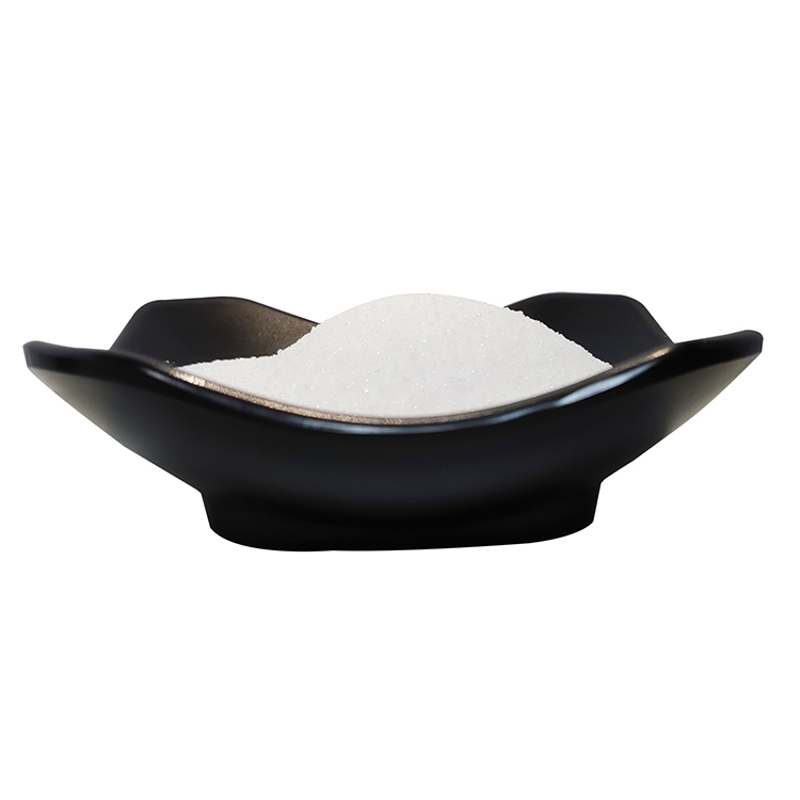-
Categories
-
Pharmaceutical Intermediates
-
Active Pharmaceutical Ingredients
-
Food Additives
- Industrial Coatings
- Agrochemicals
- Dyes and Pigments
- Surfactant
- Flavors and Fragrances
- Chemical Reagents
- Catalyst and Auxiliary
- Natural Products
- Inorganic Chemistry
-
Organic Chemistry
-
Biochemical Engineering
- Analytical Chemistry
-
Cosmetic Ingredient
- Water Treatment Chemical
-
Pharmaceutical Intermediates
Promotion
ECHEMI Mall
Wholesale
Weekly Price
Exhibition
News
-
Trade Service
Breastfed infants are less likely to develop allergies such as eczema and food allergies than formula-fed infants; However, the reasons for this are not well understood
.
Now, a new study by Pennsylvania State College of Medicine has found that small molecules found in most human breast milk may reduce the likelihood that babies will develop allergic diseases such as atopic dermatitis and food allergies
.
The researchers say the findings could provide mothers with strategies such as encouraging and supporting breastfeeding or dietary and exercise interventions to help reduce the chances of allergies in infants
.
Allergic diseases, such as food allergies, asthma, and a skin disorder known as atopic dermatitis, occur in about one-third of children as a result of improper activation of
the immune system from environmental exposures.
"Infants who are breastfed for more than three months may have a lower risk of these diseases, but we don't yet fully understand the biology behind this," said
Dr.
Steven Hicks, an associate professor of pediatrics at Pennsylvania State Hospital for Health and Children.
Hicks' research focuses on the relationship between
the environment, biology, and children's neurodevelopment and growth.
His previous research demonstrated that microribonucleic acids (miRNAs), small molecules that regulate gene expression throughout the body, can be used to diagnose certain health conditions, such as concussion or autism
.
"There are nearly 1,000 different types of mirnas in human breast milk, and their composition varies
according to the mother's weight, diet and genetics," Hicks said.
"Based on previous studies, we hypothesized that four of these miRNAs may have a protective effect against infant allergies, and these studies have shown a relationship between
these miRNAs and certain allergic conditions.
"
The researchers followed 163 mothers who planned to breastfeed for at least 4 months, and how their babies fared
from birth to 12 months.
They tracked the duration of each infant's breastfeeding and measured the miRNA composition
in breast milk during lactation (0, 4 and 16 weeks) for each mother.
The team calculated the amount of specific mirna the infant consumed, based on reported breastfeeding patterns and concentrations of
certain mirnas in breast milk samples.
Throughout the study, the researchers evaluated infants for atopic dermatitis, food allergies, and wheezing
.
Of the infants studied, 41 (25%) developed atopic dermatitis, 33 (20%) developed food allergies, and 10 (6%) developed wheezing
.
Infants who did not develop a specific reaction received an average of more miRNA-375-3p (miR-375)
in breast milk than those who developed a specific reaction.
There were no other differences
in maternal traits, infant traits, or environmental exposures between anisotropic and non-anisotropic infants.
The researchers also found that levels of this miRNA increased during lactation, and mothers with a lower body mass index tended to have higher concentrations of miR-375
.
The findings were published September 27 in
the American Journal of Clinical Nutrition.
"The fact that miR-375 levels increase during lactation may explain why continued breastfeeding is associated
with reduced specific responsiveness in some studies," Hicks said.
He noted that the largest increase in miR-375 occurred in the first month of life, but the upward trend continued
between the first and fourth months.
"miR-375 is present in more than 99% of human milk samples and less than
1% of all mirna in human milk compared to formula that does not contain human mirna.
"
According to Hicks, the study's findings could lead to new interventions to help prevent allergies in infants
.
Future studies will focus on confirming these findings, identifying mechanisms by which miR-375 prevents allergies, and exploring interventions
to increase miR-375 levels in breast milk.
Hicks also said that with further research, miR-375 may one day be added to formulas that currently do not contain miRNAs to help address differences in formula-fed infants who are more likely to develop atopic disease
.
Ramin Beheshti, Desirae Chandran, Kaitlyn Warren and Alexandra Confair of the Pennsylvania State Medical College also contributed
to the study.
The researchers state that there is no associated conflict of
interest.
The study was funded by the
Gobb Foundation.
This article represents the author's personal views and does not represent the views
of the Gobb Foundation.
Journal Reference:
Steven D Hicks, Ramin Beheshti, Desirae Chandran, Kaitlyn Warren, Alexandra Confair.
Infant consumption of microRNA miR-375 in human milk lipids is associated with protection from atopy.
The American Journal of Clinical Nutrition, 2022; DOI: 10.
1093/ajcn/nqac266







